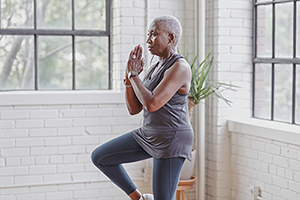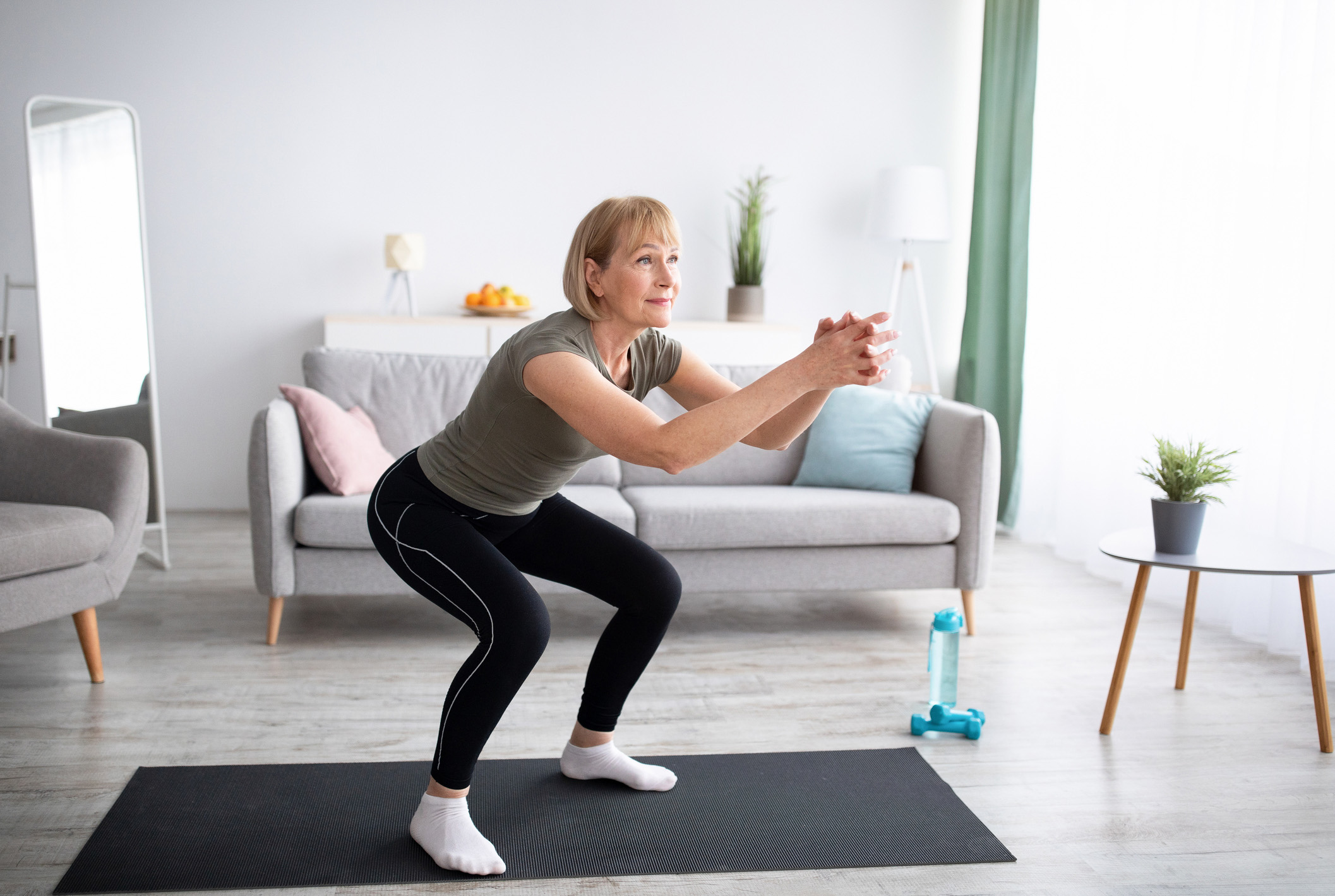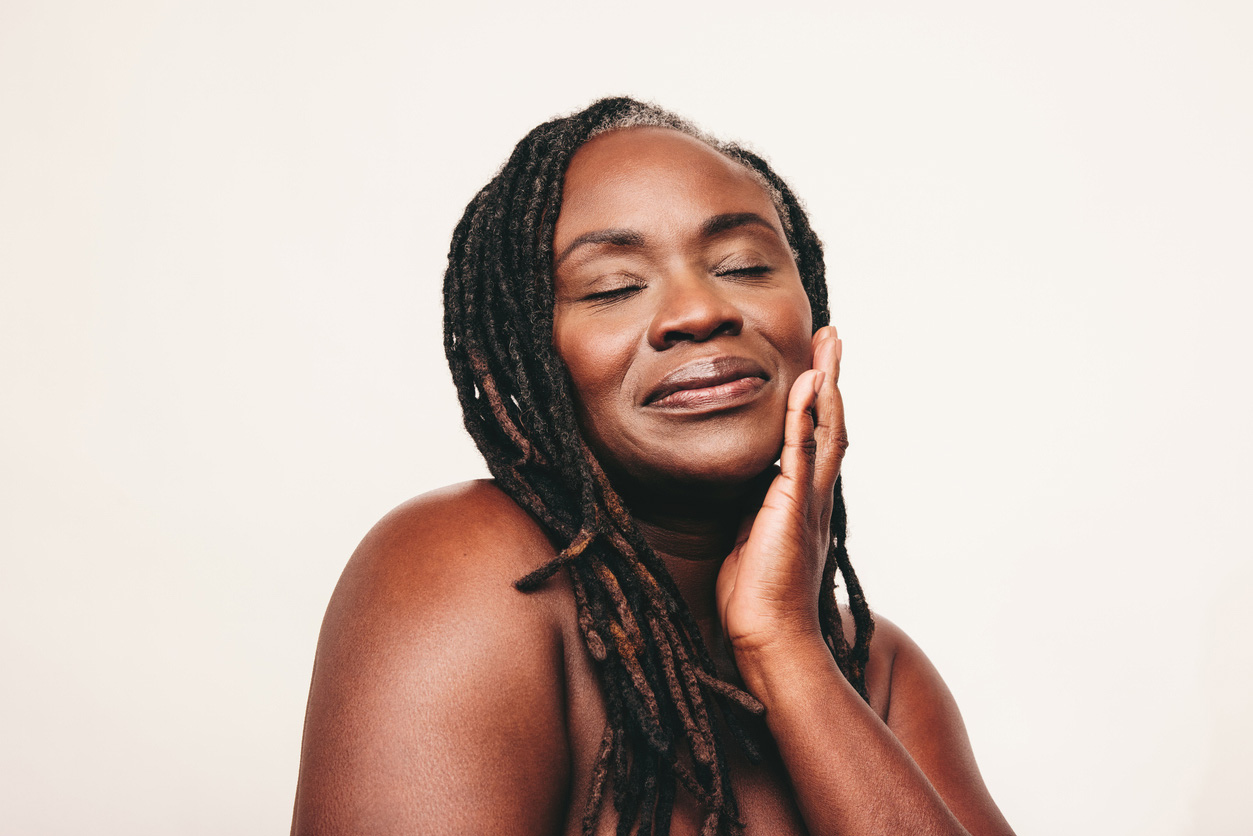Comedian Dave Barry once quipped: “Gravity is a contributing factor in nearly 73 percent of all accidents involving falling objects.”
The Book of Proverbs says: “Pride cometh before the fall.”
And one of the Ten Commandments in The House of God, a satirical 1978 novel by Dr. Stephen Bergman, is “GOMERs go to ground”.
GOMER is a sardonic acronym for “Get out of my emergency room”; an elderly, debilitated patient is pejoratively labeled a “GOMER”, reflecting the cynicism and burnout of overworked doctors-in-training. Believe me, I was there in the 80s when House of God‘s dark humor provided me a measure of solace during long, sleepless nights on call at Manhattan’s Bellevue Hospital.
Bergman’s point is that it’s an invariable rule that with age, gravity’s inexorable pull increases the risk for falls. The CDC reports:
- About 36 million falls are reported among older adults each year—resulting in more than 32,000 deaths.
- Each year, about 3 million older adults are treated in emergency departments for a fall injury.
- One out of every five falls causes an injury, such as broken bones or a head injury.
- Each year at least 300,000 older people are hospitalized for hip fractures.
- More than 95% of hip fractures are caused by falling—usually by falling sideways.
And hip fractures in seniors are exceedingly debilitating; one in three adults aged 50 and over dies within 12 months of suffering a hip fracture. Older adults have a five-to-eight times higher risk of dying within the first three months of a hip fracture compared to those without a hip fracture.
Which brings us to President Biden’s recent bicycle dust-up. He was fortunate to emerge unscathed. Let’s look at why, as you age, your risk of falls increases—and how you can minimize your susceptibility.
Biden’s physical exam last year foreshadowed his spill. In their official summary, his physicians noted, “The President’s gait appears to be progressively stiffer and less fluid than it has been in the past.”
This they attributed to a combination of factors. It was thought that he suffers from previous injuries and generalized, age-related osteoarthritis. In fact, he famously fractured his foot playing with his dog a couple of years ago. Osteoarthritis of the spine is virtually ubiquitous in older individuals and causes a narrowing of the spinal canal; impingement (“spinal stenosis”) can reduce nerve transmission and impair lower extremity strength.
The exam summary adds that Biden has a mild degree of peripheral neuropathy, which reduces sensation in his feet. That interferes with proprioception—the ability to feel the ground. This is often the case in diabetes, which Biden doesn’t have, but neuropathy is often an accouterment of aging. It’s also a feature of B12 deficiency, which affects many seniors, but Biden’s doctors report his levels are normal. Alcoholism can cause it, and the President imbibes, but probably never to excess.
Diseases like Parkinson’s and multiple sclerosis can affect balance, but the doctors reported Biden’s neurological exam to be normal. They recommended physical therapy and orthotics.
But an important element is missing from the seemingly comprehensive evaluation. It’s known that age-related changes in a part of the brain called the cerebellum can undermine balance. The cerebellum also plays a role in verbal expression. The President’s detractors have been quick to highlight his verbal gaffes; it’s said that he’s overcome early-life stuttering, but his stumbles appear to be increasing with age.
It’s no secret that diet can slow brain aging—it’s a recurrent theme on Intelligent Medicine. An antioxidant-rich diet was found to slow cerebellar decline in aging rats; more recently, the emphasis has been on diet’s impact on the microbiome with consequences for the gut-brain axis.
I think about the crucial role of the cerebellum in verbal fluency when I’m broadcasting. Sometimes as I carefully formulate a sentence, I feel a little like I’m walking a tightrope, moving forward gingerly as I try to avoid falling into a grammatical abyss. Am I as fluent as I once was? So far so good, but listening to interviews with 103-year WW2 vets I realize that aging ultimately takes a toll on verbal expression as well as gait.
A 2021 study showed that artificial intelligence analysis of speech patterns can predict the onset of Alzheimer’s Disease.
Former Knick Walt (Clyde) Frazier is one of my favorite basketball announcers. He’s 77. He was known for his balletic moves on the court; is it possible that all that extraordinary cerebellar reserve has served him as he “dishes and swishes” a basketball play-by-play? A recent video suggests Clyde is cognizant of the role diet plays in staying sharp.
Another thing that contributes to elder falls is medication. Polypharmacy—the simultaneous use of 3 or more medications—is common among seniors. Medications as diverse as antidepressants, painkillers, sleep aids, blood pressure drugs, and even antihistamines can undermine balance and increase the risk for falls. Avoidance of excess medication is therefore crucial for balance preservation.
Of course, there are other causes for disequilibrium. POTS (postural orthostatic hypotension) can cause sufferers to feel weak and dizzy. Inner ear troubles affect the balance center. Vision problems can reduce seniors’ ability to navigate obstacles. Add to that the progressive generalized muscle weakness that occurs with age—you know, frailty.
That’s why I’m heartened that medicine is addressing fall prevention with a campaign to promote balance training for seniors. This can take many forms, ranging from exercises you can do at home on your own to guided programs offered by physical therapists. As the Boomer generation ages, physical therapy for balance, gait, and fall prevention is destined to explode.
It’s essential that people embrace balance-enhancing regimens early, to forestall loss of mobility. That could entail formal yoga or tai chi classes, or simply practicing getting up out of a chair at home without using your arms for support or standing on one leg for a few seconds at a time (the ability to balance on one leg is a reliable predictor of survival among middle-aged individuals). Use of a Bosu ball can enhance balance, and TRX straps enable you to execute tricky moves via stabilization with your arms.
Remember: When it comes to balance—use it or lose it!







